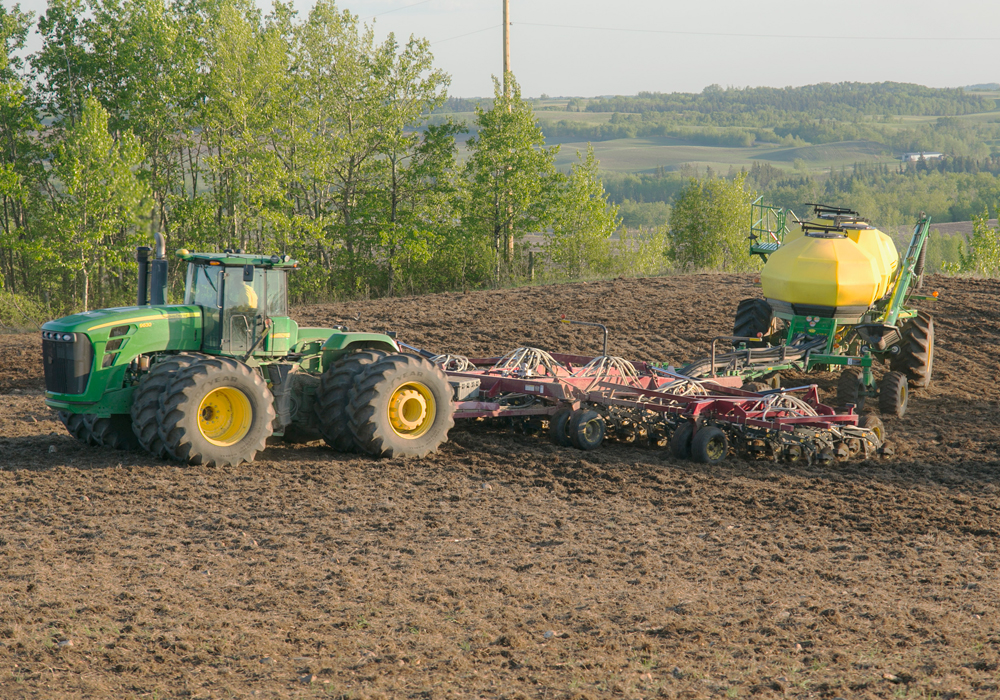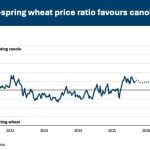Western Canadian farmers are cutting back on flax plantings, according to Statistics Canada. But the reduction isn’t as dramatic as many were projecting.
“We were initially concerned about quite an extensive drop,” said Linda Braun, executive director of the Saskatchewan Flax Development Commission.
“But as time goes on and farmers are understanding the situation and getting a better handle on it, they are thinking about flax again.”
Growers plan to seed 1.44 million acres of the oilseed, down 16 percent from the 1.71 million acres seeded last spring, according to the March seeding intentions report.
Read Also

Farmers urged to be grain-safe this fall
Working around grain bins comes with risk, from farmers falling to drowning in grain: Experts have five tips to help avoid grain-related accidents this harvest.
Braun said the acreage decline would have been far more dramatic if the industry had not backed away from a plan requiring growers to plant only certified seed tested to be free of CDC Triffid. The genetically modified variety has contaminated the Canadian supply and caused severe shipping restrictions to Europe.
News that the industry would allow farmers to plant farm saved seed tested to be Triffid-free broke just prior to Statistics Canada’s March 24 to March 31 survey of 13,800 growers.
Flax prices held up well despite a disruption in sales to the European Union, a market that typically consumes 70 percent of Canada’s flax exports.
“When you look at flax in comparison to some of the cereal crops, flax still remains a reliable alternative,” said Braun.
Prices have been bolstered by a strong 2009-10 marketing campaign.
“Probably more flax has moved than we first thought,” said Brian Johnson, manager of S.S. Johnson Seeds, a flax buyer from Arborg, Man.
Exporters have shipped 403,000 tonnes of the oilseed through week 37 of the 2009-10 crop year compared to 392,000 tonnes a year ago at this time.
Other factors that may have played into farmers’ plans are that flax is a low input crop that stores well and is a good substitute for durum, a crop that plummeted by 1.98 million acres in the intentions report.
“Things like durum wheat probably had a very large impact on it from a rotational point of view. It was a crop they looked at,” said Johnson.















